Turquoise killifish is able to suspend its development for longer than its average lifespan.


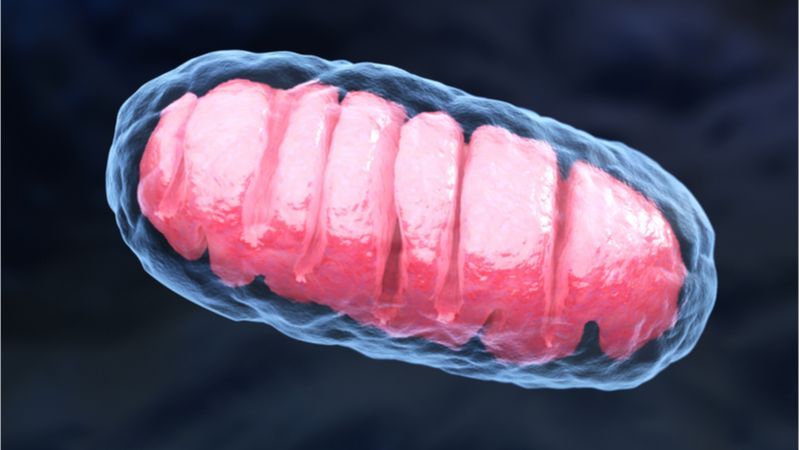
Researchers have discovered that the powerhouses of our cells, the mitochondria, also play a role in triggering cells to enter senescence, a dormant state in which cells cease to divide and begin to shut down, ready to die.
Mitochondria trigger cytoplasmic chromatin and inflammation
The new study shows that the mitochondria in each cell communicate with its nucleus, causing it to shut down and enter a senescent state [1]. Dr. Peter Adams, one of the study’s researchers, has spent over a decade investigating how chromatin clusters, a mixture of DNA and proteins typically encountered in the cell nucleus, actually leak out of the nucleus and into the cytoplasm in senescent cells. This leaking then triggers a cascade of inflammatory signals, which are linked to the onset of various age-related diseases.
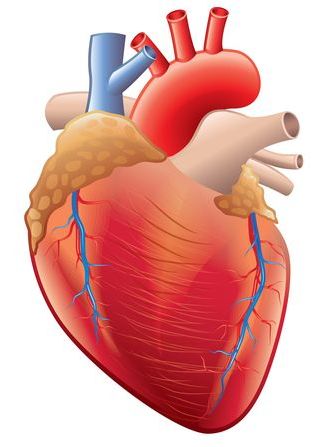
King’s College in London, UK has been awarded a grant to investigate the role of senescent cells, which accumulate as we age, in the context of the heart and how using a therapy to remove them influences its ability to recover from injury.
What are senescent cells?
As you age, increasing numbers of your cells enter into a state known as senescence. Senescent cells do not divide or support the tissues of which they are part; instead, they emit a range of potentially harmful chemical signals that encourage nearby healthy cells to enter the same senescent state. Their presence causes many problems: they reduce tissue repair, increase chronic inflammation, and can even eventually raise the risk of cancer and other age-related diseases.

In my previous post “Cryonics for uploaders: WTF is consciousness?” I didn’t elaborate on the spiritual implications of emerging theories of consciousness and reality. Here’s a unified theory of consciousness, physics, Deity, reincarnation, afterlife, eschatology, and theo/technological resurrection wink
Do you want to stop ageing? Do you want to live forever? Can science help you cheat death? In this pioneering documentary, Professor Rose Anne Kenny takes us through the science and the consequences of living longer lives.
Imagine for a moment that old age became a thing of the past. Today, for better or for worse, it would appear that eternal life may soon be a reality. Some scientists are forecasting that the only way many humans will die is if they are shot or run over by a bus.
The programme unveils what is happening in age prevention, shows how we can lengthen our own lifespans and explains how some scientists now believe we are closer than ever to finding the Elixir of Life.
Such power over life itself poses many profound questions: what impact is it going to have on our societies? What preparations should our governments be making for an ever-ageing population? Do people really want to live longer and suffer the inevitable weakening of their capacities? And is it morally right to transcend human fallibility and assume the role of God?
Follow us on Facebook
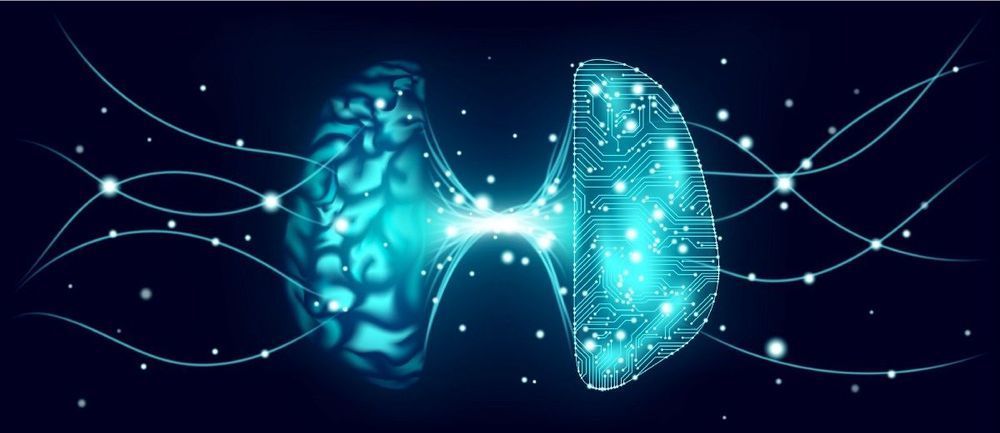
By definition, posthumanism (I choose to call it ‘cyberhumanism’) is to replace transhumanism at the center stage circa 2035. By then, mind uploading could become a reality with gradual neuronal replacement, rapid advancements in Strong AI, massively parallel computing, and nanotechnology allowing us to directly connect our brains to the Cloud-based infrastructure of the Global Brain. Via interaction with our AI assistants, the GB will know us better than we know ourselves in all respects, so mind-transfer, or rather “mind migration,” for billions of enhanced humans would be seamless, sometime by mid-century.
I hear this mantra over and over again — we don’t know what consciousness is. Clearly, there’s no consensus here but in the context of topic discussed, I would summarize my views, as follows: Consciousness is non-local, quantum computational by nature. There’s only one Universal Consciousness. We individualize our conscious awareness through the filter of our nervous system, our “local” mind, our very inner subjectivity, but consciousness itself, the self in a big sense, our “core” self is universal, and knowing it through experience has been called enlightenment, illumination, awakening, or transcendence, through the ages.
Any container with a sufficiently integrated network of information patterns, with a certain optimal complexity, especially complex dynamical systems with biological or artificial brains (say, the coming AGIs) could be filled with consciousness at large in order to host an individual “reality cell,” “unit,” or a “node” of consciousness. This kind of individuated unit of consciousness is always endowed with free will within the constraints of the applicable set of rules (“physical laws”), influenced by the larger consciousness system dynamics. Isn’t too naïve to presume that Universal Consciousness would instantiate phenomenality only in the form of “bio”-logical avatars?
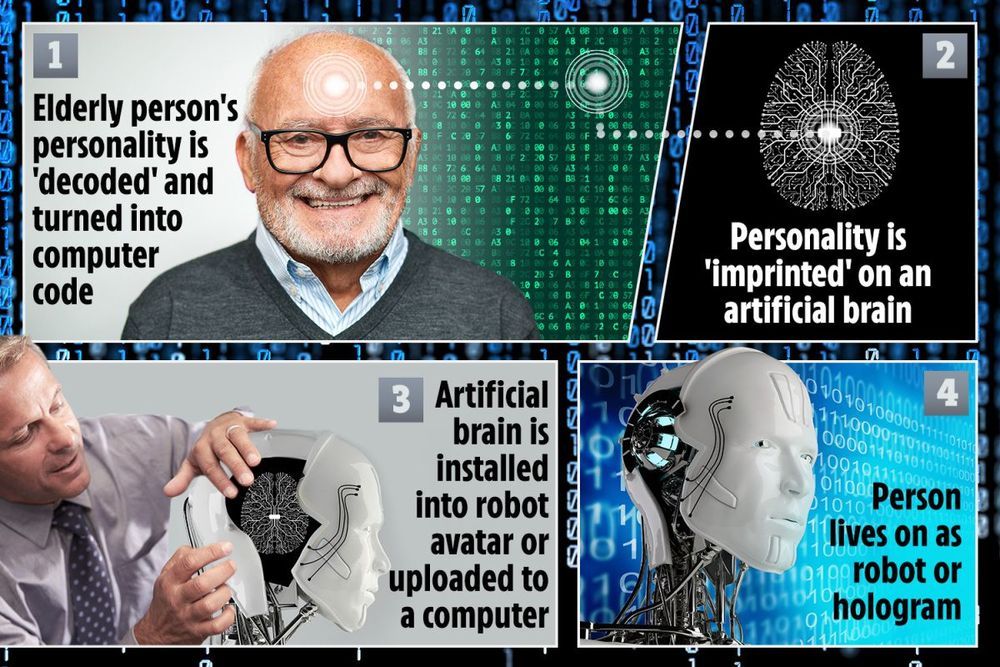
A BONKERS Russian billionaire claims he’ll make you immortal by 2045.
Internet businessman Dmitry Itskov, 38, is bankrolling a far-fetched plan to uploaded people’s personalities to artificial brains.
These “brains” can then be jammed into robots or holograms, allowing us to live on forever as artificial versions of ourselves, Dmitry claims.
If you can’t defeat death, what if you could postpone it, or at least postpone the diseases commonly associated with getting old? Many people, especially the ultra-wealthy in Silicon Valley, are investing money into companies trying to answer exactly those questions.
» Subscribe to CNBC: https://cnb.cx/SubscribeCNBC
» Subscribe to CNBC TV: https://cnb.cx/SubscribeCNBCtelevision
» Subscribe to CNBC Classic: https://cnb.cx/SubscribeCNBCclassic
About CNBC: From ‘Wall Street’ to ‘Main Street’ to award winning original documentaries and Reality TV series, CNBC has you covered. Experience special sneak peeks of your favorite shows, exclusive video and more.
Connect with CNBC News Online
Get the latest news: https://www.cnbc.com/
Follow CNBC on LinkedIn: https://cnb.cx/LinkedInCNBC
Follow CNBC News on Facebook: https://cnb.cx/LikeCNBC
Follow CNBC News on Twitter: https://cnb.cx/FollowCNBC
Follow CNBC News on Instagram: https://cnb.cx/InstagramCNBC
#CNBC
How the ultra rich are trying to live forever.
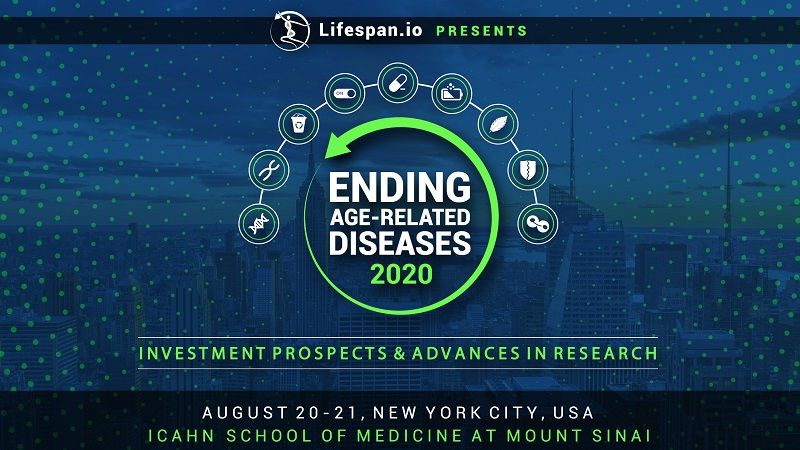
Lifespan.io is hosting its third annual conference on aging and rejuvenation biotechnology.
The Life Extension Advocacy Foundation/Lifespan.io, a nonprofit company promoting aging research, is hosting its third annual Ending Age-Related Diseases: Investment Prospects and Advances in Research conference on August 20–21 at the Stern Auditorium of the Icahn School of Medicine at Mount Sinai (New York City, USA).
The goal of this conference is to promote scientific and public discussion in order to foster the development of interventions that target aging and are capable of relieving our aging society from the burden of age-related diseases. Key topics of the conference include biomarkers of aging, discoveries in fundamental research, the development of interventions targeting the root mechanisms of aging, investment strategies, and regulatory issues that are relevant to rejuvenation research.
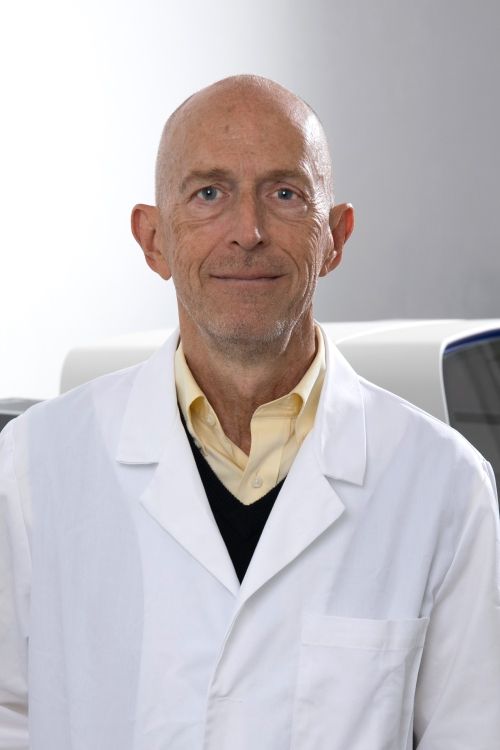
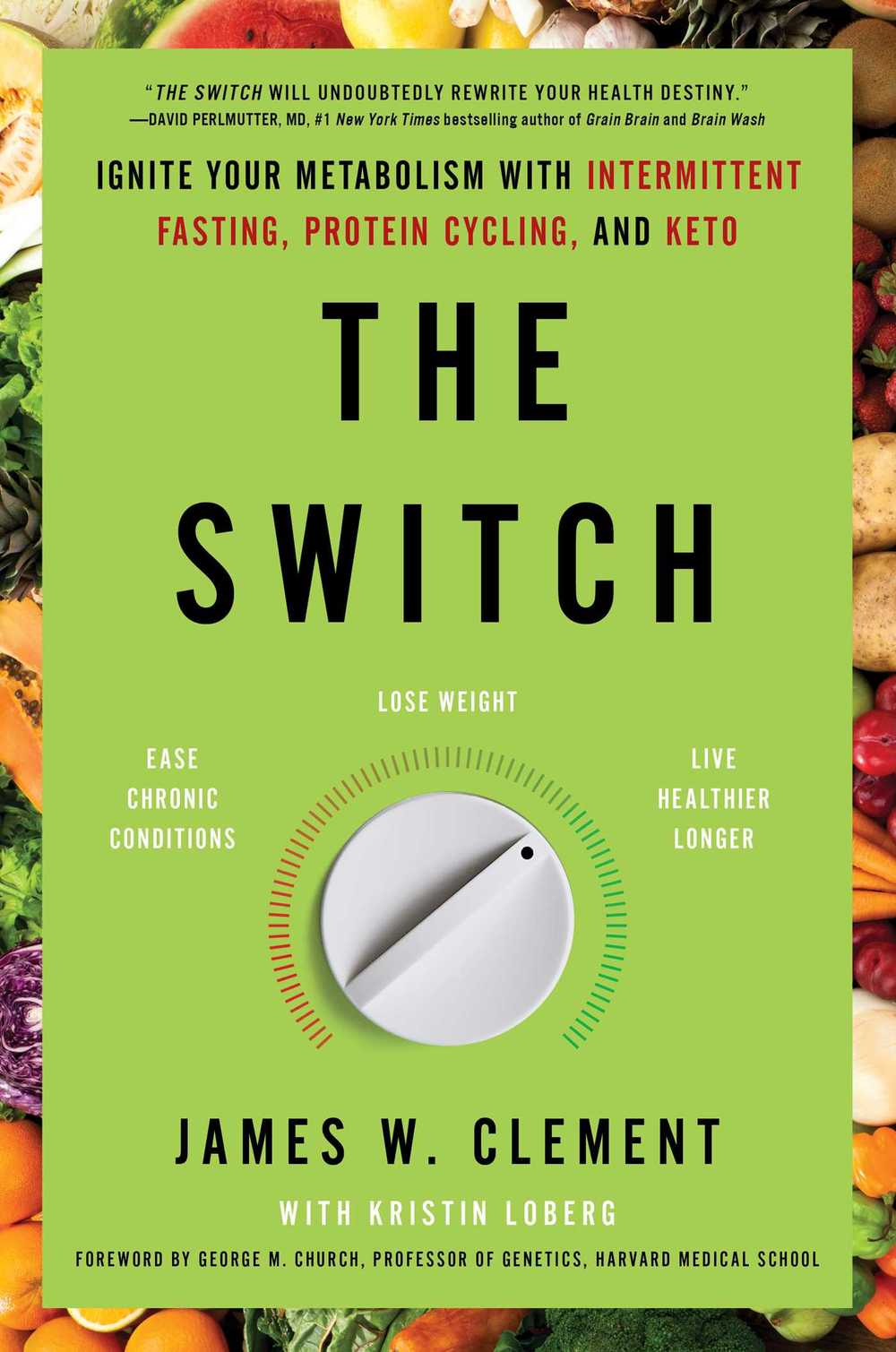
James W. Clement is a longevity researcher who was the 12th person on the planet to have his DNA sequenced. In 2010 James launched his Supercentenarian Research Study, which he started in 2010 with Professor George M. Church of Harvard Medical School. Since then Clement has read 20,000 medical research papers on longevity and has acquired one of the largest DNA databases of supercentenarians, the youngest of whom is 106 years old. Most recently James W. Clement is the author of the Switch: Ignite your metabolism with intermittent fasting, protein cycling, and keto. Finally, I know James personally and have gone to visit his previous research lab in Apple Valley, California, so I can honestly say that he is among the most humble humans and the hardest-working longevity researchers that I have ever seen. I have learned a lot from Clement and I hope you do too.
During this 2 hour interview with James W. Clement, we cover a variety of interesting topics such as: Clement’s journey from being a lawyer to becoming a full-time longevity researcher; the name and story behind Better Humans; why James is a transhumanist; why we have to first make it to 100 before we start taking “magic pills”; the switch between mTOR and autophagy; the importance of intermittent fasting, its time and duration; the connection between gut bacteria and dopamine; why the biggest problem of our diet is the overconsumption of both dairy and meat; protein cycling and why we can’t sustain autophagy indefinitely; the dangers of coconut oil; why all centenarian blue zones in the world eat high-carb diets and why we should try keto.
My favorite quote that I will take away from this interview with James W. Clement is: